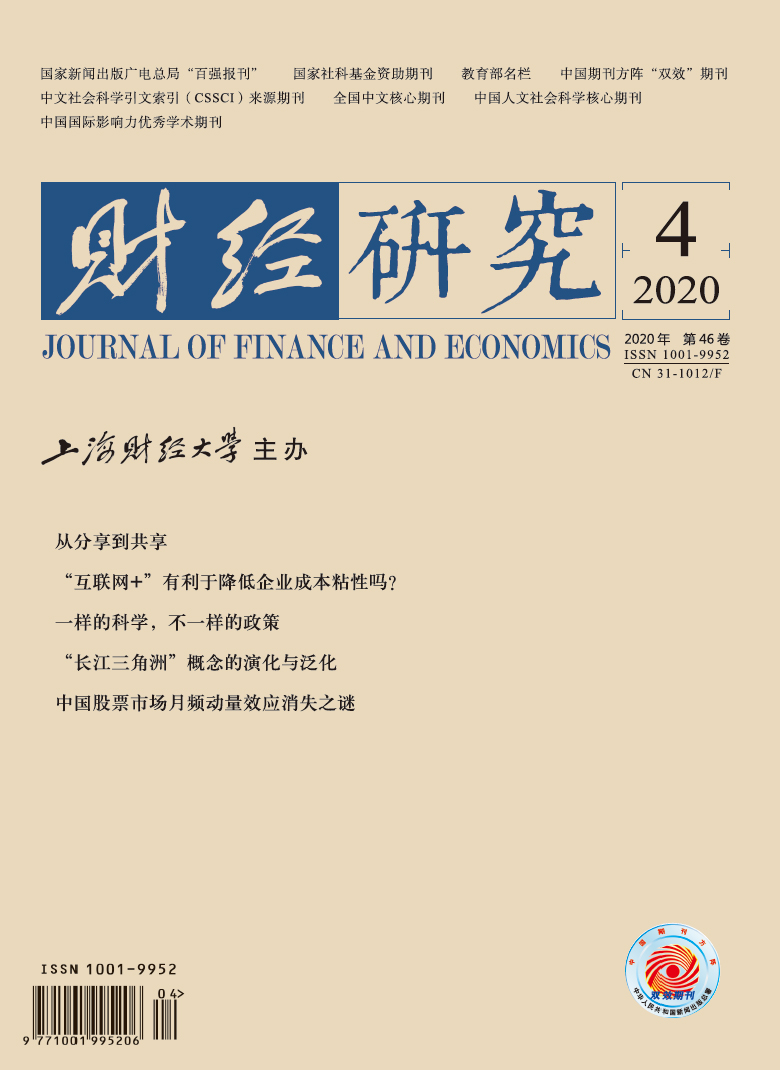The GM product labeling policy has an important impact on product pricing and consumer purchasing decisions. Through the comprehensive scientific research on the safety of genetically modified products, this paper finds that the scientific community has reached a consensus that consuming GM products will not bring greater health risks than similar traditional products. However, there are significant differences in the marking policies developed by the government. In view of this phenomenon, this paper attempts to construct a sub-game perfect Nash equilibrium model including government, manufacturers and consumers under the framework of game theory, focusing on the government’s policy formulation basis(government position)and consumer group characteristics, so as to analyze the reasons for policy differences. Through the model solution, it is found that the group interests and consumer group characteristics that enter the policy objectives can explain the policy differences. When the government takes the maximization of consumer surplus as the policy goal, the optimal labeling policy is the voluntary labeling policy; when the government maximizes the profit of manufacturers as the policy goal, the optimal labeling policy is the mandatory labeling policy; when the government takes the largest total social welfare as the policy goal, the choice of optimal identification policy depends on the group characteristics of consumers. Finally, this paper explains this conclusion. The voluntary labeling policy leads to the reduction of product quality perceived by consumers, which intensifies the price competition among manufacturers, and compares and analyzes the empirical facts of national labeling policies. This paper also provides a relatively consistent interpretation framework for understanding the differences in labeling policy development.
 / Journals / Journal of Finance and Economics
/ Journals / Journal of Finance and EconomicsJournal of Finance and Economics
LiuYuanchun, Editor-in-Chief
ZhengChunrong, Vice Executive Editor-in-Chief
YaoLan BaoXiaohua HuangJun, Vice Editor-in-Chief
The Same Science,Different Policies:Game Analysis of the Differences in the Labeling Policy of GM Products
Journal of Finance and Economics Vol. 46, Issue 04, pp. 63 - 78 (2020) DOI:10.16538/j.cnki.jfe.2020.04.005
Summary
References
Summary
[1] Agricultural genetically modified organisms safety management office of the Ministry of Agriculture, Biotechnology Research Institute of Chinese Academy of Agricultural Sciences, Chinese society of Agri-Biotechnology. 30 year practice of genetically modified organisms[M]. 2nd Edition. Beijing: China Agricultural Science and Technology Press, 2012. (In Chinese)
[2] Baker G A, Burnham T A. Consumer response to genetically modified foods: Market segment analysis and implications for producers and policy makers[J]. Journal of Agricultural and Resource Economics, 2001, 26(2): 387-403.
[3] Bonroy O, Constantatos C. On the economics of labels: How their introduction affects the functioning of markets and the welfare of all participants[J]. American Journal of Agricultural Economics, 2015, 97(1): 239-259. DOI:10.1093/ajae/aau088
[4] Costanigro M, Lusk J L. The signaling effect of mandatory labels on genetically engineered food[J]. Food Policy, 2014, 49: 259-267. DOI:10.1016/j.foodpol.2014.08.005
[5] Dannenberg A. The dispersion and development of consumer preferences for genetically modified food: A meta-analysis[J]. Ecological Economics, 2009, 68(8-9): 2182-2192. DOI:10.1016/j.ecolecon.2009.03.008
[6] Desquilbet M, Poret S. How do GM/non GM coexistence regulations affect markets and welfare?[J]. European Journal of Law and Economics, 2014, 37(1): 51-82. DOI:10.1007/s10657-013-9416-x
[7] European Food Safety Authority. Final review of the Séralini, et al. (2012a) publication on a 2-year rodent feeding study with glyphosate formulations and GM maize NK603 as published online on 19 September 2012 in Food and Chemical Toxicology[J]. EFSA Journal, 2012, 10(11): 2986. DOI:10.2903/j.efsa.2012.2986
[8] Golan E, Kuchler F, Mitchell L. Economics of food labeling[J]. Journal of Consumer Policy, 2001, 24(2): 117-184. DOI:10.1023/A:1012272504846
[9] Gruère G P, Carter C A, Farzin Y H. What labelling policy for consumer choice? The case of genetically modified food in Canada and Europe[J]. Canadian Journal of Economics, 2008, 41(4): 1472-1497. DOI:10.1111/j.1540-5982.2008.00512.x
[10] Huffman W E, Rousu M, Shogren J F, et al. The public good value of information from agribusinesses on genetically modified foods[J]. American Journal of Agricultural Economics, 2003, 85(5): 1309-1315. DOI:10.1111/j.0092-5853.2003.00548.x
[11] Huffman W E, Rousu M, Shogren J F, et al. The effects of prior beliefs and learning on consumers’ acceptance of genetically modified foods[J]. Journal of Economic Behavior & Organization, 2007, 63(1): 193-206.
[12] Kleter G A, Noordam M Y. Safety assessment of genetically modified foods[A]. Ravishankar R V. Advances in food biotechnology[C]. Hoboken, NJ, USA: John Wiley & Sons Ltd, 2015.
[13] Lusk J L. Consumer preferences for genetically modified food[A]. Carter C A, Moschini G, Sheldon I. Genetically modified food and global welfare[C]. Bingley: Emerald Group Publishing Limited, 2011.
[14] McCluskey J J, Wesseler J, Winfree J A. The economics and politics GM food labeling: An introduction to the special issue[J]. Food Policy, 2018, 78: 1-5. DOI:10.1016/j.foodpol.2018.02.012
[15] Mussa M, Rosen S. Monopoly and product quality[J]. Journal of Economic Theory, 1978, 18(2): 301-317. DOI:10.1016/0022-0531(78)90085-6
[16] National Research Council. Safety of genetically engineered foods: Approaches to assessing unintended health effects[M]. Washington: National Academies Press, 2004.
[17] National Academies of Sciences, Engineering, and Medicine. Genetically engineered crops: Experiences and prospects[M]. Washington: National Academies Press, 2016.
[18] Nicolia A, Manzo A, Veronesi F, et al. An overview of the last 10 years of genetically engineered crop safety research[J]. Critical Reviews in Biotechnology, 2014, 34(1): 77-88. DOI:10.3109/07388551.2013.823595
[19] Roe B E, Teisl M F, Deans C R. The Economics of voluntary versus mandatory labels[J]. Annual Review of Resource Economics, 2014, 6: 407-427. DOI:10.1146/annurev-resource-100913-012439
[20] Scott S E, Inbar Y, Rozin P. Evidence for absolute moral opposition to genetically modified food in the United States[J]. Perspectives on Psychological Science, 2016, 11(3): 315-324. DOI:10.1177/1745691615621275
Cite this article
Yao Dongmin, Zhang Lei, Zhang Pengyuan. The Same Science,Different Policies:Game Analysis of the Differences in the Labeling Policy of GM Products[J]. Journal of Finance and Economics, 2020, 46(4): 63-78.
Export Citations as:
For
ISSUE COVER
RELATED ARTICLES




 4139
4139  4559
4559

